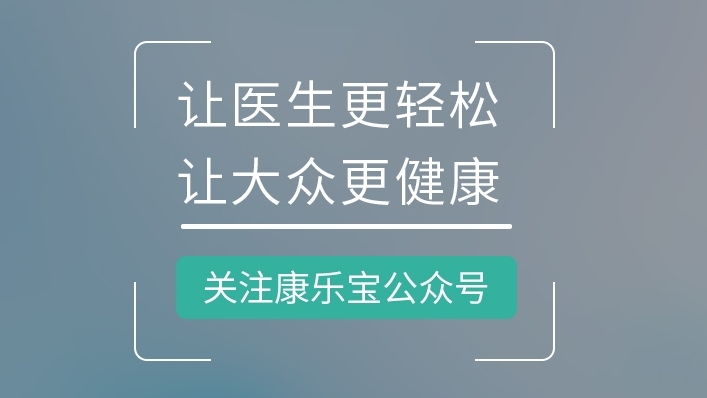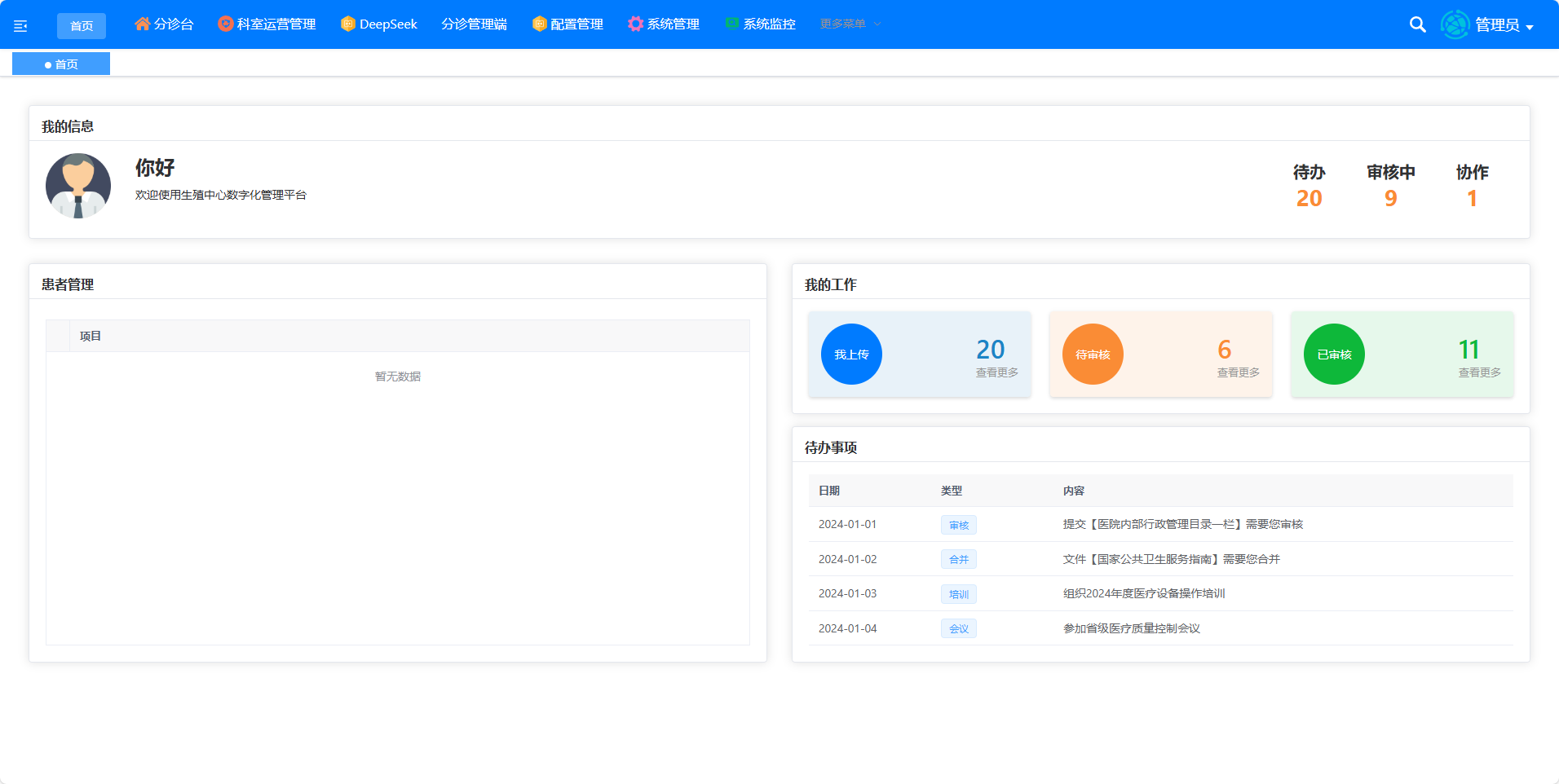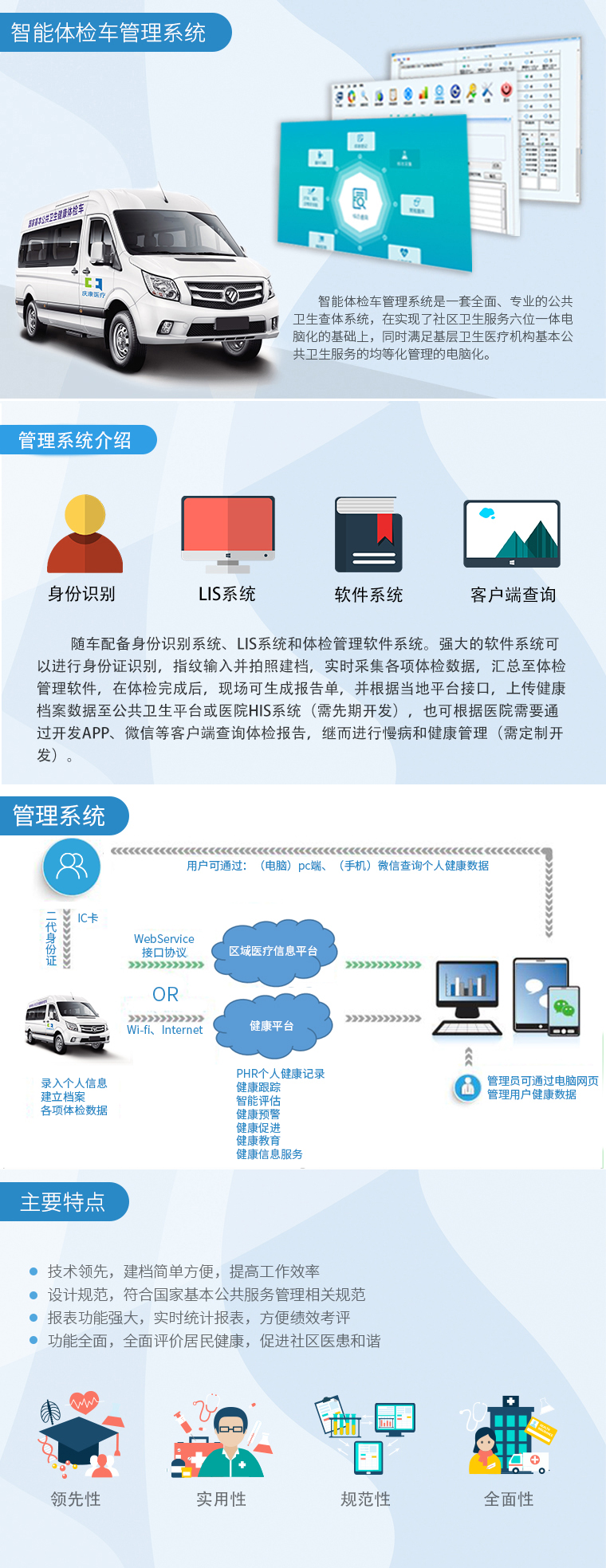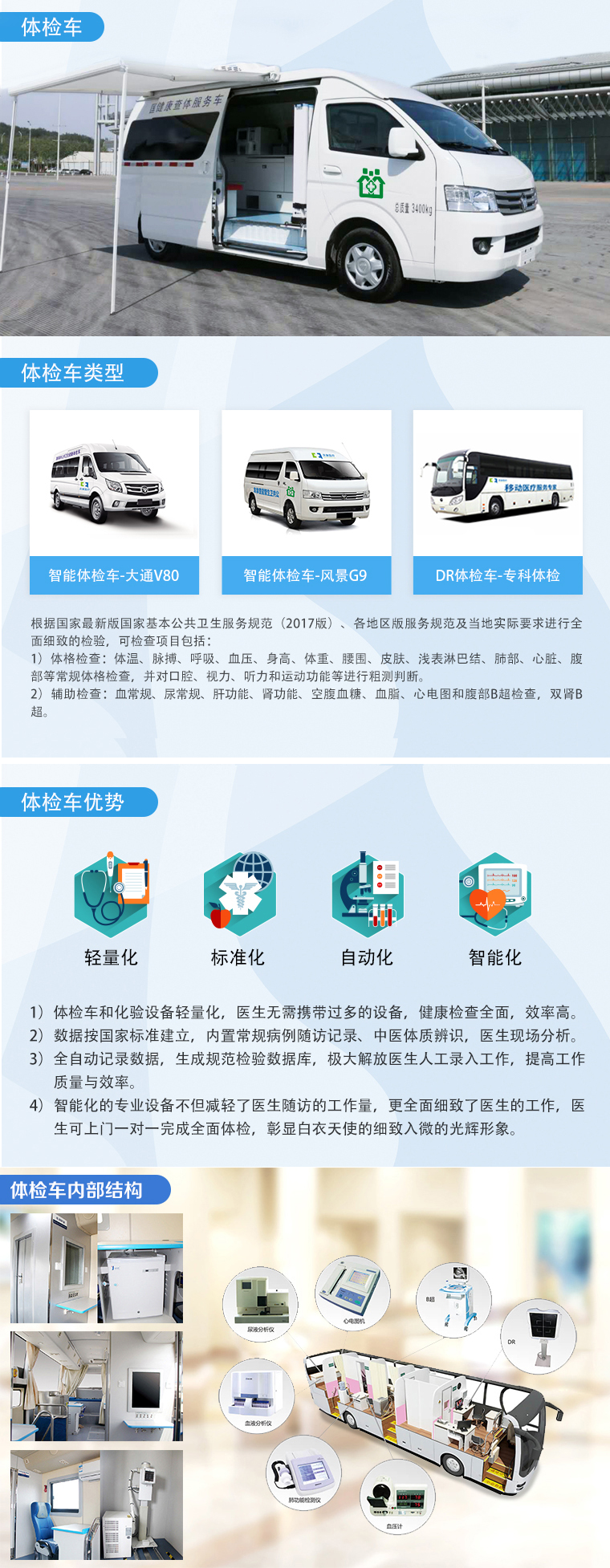实施案例
产品推荐
新闻推荐
慢病随访管理系统有什么显著的优势?
- 2025-07-09
- http://www.guantangyiliao.com/ 原创
- 130
慢病随访管理系统作为辅助医疗服务的重要工具,在提升慢病管理质量、优化医疗资源配置等方面展现出显著优势,为患者和医疗机构带来多维度的便利。
The chronic disease follow-up management system, as an important tool for auxiliary medical services, has shown significant advantages in improving the quality of chronic disease management and optimizing the allocation of medical resources, bringing multidimensional convenience to patients and medical institutions.
提高随访效率是该系统的核心优势之一。传统慢病随访多依赖人工记录和电话沟通,不仅耗时耗力,还容易因人为疏忽导致信息遗漏或错误。而系统通过自动化流程,可根据患者病情设定随访周期,自动生成随访提醒,包括向医护人员推送待随访名单,向患者发送检查或用药提醒。医护人员通过系统直接记录随访信息,避免了纸质记录的繁琐和后期录入的重复劳动,使随访工作的效率提升显著,尤其在患者数量较多的情况下,能大幅减轻医护人员的工作负担。
Improving follow-up efficiency is one of the core advantages of this system. Traditional chronic disease follow-up often relies on manual recording and telephone communication, which is not only time-consuming and labor-intensive, but also prone to information omission or errors caused by human negligence. And through automated processes, the system can set follow-up cycles based on the patient's condition, automatically generate follow-up reminders, including pushing the list of patients to be followed up to medical staff and sending examination or medication reminders to patients. Medical staff can directly record follow-up information through the system, avoiding the tedious process of paper records and the repetitive labor of later input, significantly improving the efficiency of follow-up work, especially in cases with a large number of patients, which can greatly reduce the workload of medical staff.
实现患者信息的规范化管理是另一重要优势。系统为每位慢病患者建立电子健康档案,整合其基本信息、病史、检查结果、用药记录等数据,形成完整的健康数据库。这些信息可随时查阅和更新,确保医护人员在随访时能全面了解患者的病情变化,避免因信息分散导致的判断偏差。同时,电子档案的标准化格式便于不同科室或医疗机构之间的信息共享,为患者转诊或会诊提供便利,打破了信息孤岛,使慢病管理更具连贯性。
Implementing standardized management of patient information is another important advantage. The system establishes electronic health records for each chronic disease patient, integrating their basic information, medical history, examination results, medication records, and other data to form a complete health database. These information can be accessed and updated at any time to ensure that medical staff can fully understand the changes in the patient's condition during follow-up, avoiding judgment bias caused by scattered information. At the same time, the standardized format of electronic records facilitates information sharing between different departments or medical institutions, providing convenience for patient referrals or consultations, breaking down information silos, and making chronic disease management more coherent.
助力精准医疗干预,提升管理质量。系统可对患者的各项健康数据进行动态监测和分析,如血糖、血压、血脂等指标的变化趋势,当数据出现异常波动时,能及时发出预警,提醒医护人员进行干预。基于这些数据,医护人员可制定个性化的随访方案和治疗调整建议,例如根据患者的血糖变化调整用药剂量,或根据运动、饮食记录给出生活方式指导。这种基于数据的精准干预,能有效降低慢病急性发作的风险,延缓病情进展。
Assist in precision medical intervention and improve management quality. The system can dynamically monitor and analyze various health data of patients, such as changes in blood glucose, blood pressure, blood lipids, and other indicators. When there are abnormal fluctuations in the data, it can issue timely warnings to remind medical staff to intervene. Based on this data, medical staff can develop personalized follow-up plans and treatment adjustment recommendations, such as adjusting medication dosage according to patients' blood sugar changes, or providing lifestyle guidance based on exercise and diet records. This precise intervention based on data can effectively reduce the risk of acute exacerbation of chronic diseases and delay the progression of the condition.

优化患者自我管理能力,增强参与度。系统通常为患者提供便捷的自助服务功能,如通过移动端记录日常健康数据(如体重、运动时长)、查询检查结果、接收健康知识推送等。患者能直观了解自己的健康状况,明确需要改进的生活习惯,从而更主动地参与到慢病管理中。此外,系统中的互动功能,如在线咨询医护人员、加入病友交流圈,可减少患者的孤独感和焦虑情绪,提升其对治疗的依从性。
Optimize patient self-management ability and enhance participation. The system usually provides convenient self-service functions for patients, such as recording daily health data (such as weight, exercise duration), querying examination results, receiving health knowledge push notifications, etc. through mobile devices. Patients can have a clear understanding of their health status, identify lifestyle habits that need improvement, and actively participate in chronic disease management. In addition, interactive features in the system, such as online consultation with medical staff and joining patient communication circles, can reduce patients' feelings of loneliness and anxiety, and improve their compliance with treatment.
合理配置医疗资源,降低医疗成本。通过系统对患者进行分层管理,可将病情稳定的患者交由社区或家庭医生进行常规随访,而病情复杂或高危患者由专科医生重点跟进,实现医疗资源的精准分配。同时,系统减少了不必要的门诊次数和检查项目,例如患者通过线上提交数据即可完成部分随访,无需频繁到医院,既节省了患者的时间和交通成本,也缓解了医院的接诊压力,使医疗资源能更多地投向急需的患者。
Reasonably allocate medical resources and reduce medical costs. By implementing hierarchical management of patients through the system, patients with stable conditions can be referred to community or family doctors for routine follow-up, while patients with complex or high-risk conditions can be followed up by specialized doctors, achieving precise allocation of medical resources. At the same time, the system reduces unnecessary outpatient visits and examination items. For example, patients can complete partial follow-up through online data submission, without frequent visits to the hospital. This not only saves patients' time and transportation costs, but also alleviates the pressure of hospital reception, allowing medical resources to be directed more towards urgently needed patients.
本文由慢病随访管理系统友情奉献.更多有关的知识请点击:http://www.guantangyiliao.com我们将会对您提出的疑问进行详细的解答,欢迎您登录网站留言.
This article is a friendly contribution from the occupational disease examination system For more information, please click: http://www.guantangyiliao.com We will provide detailed answers to your questions. You are welcome to log in to our website and leave a message.




